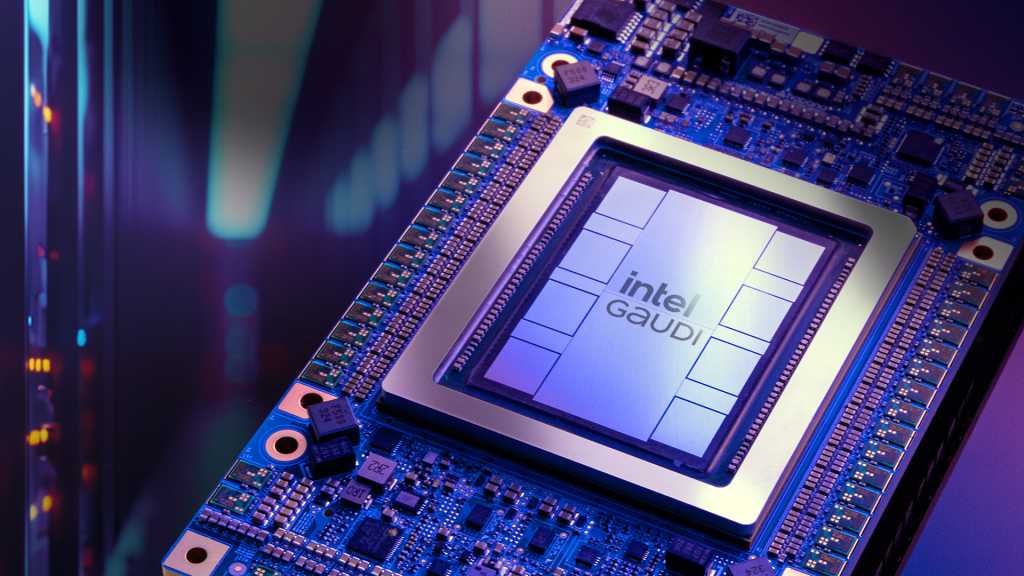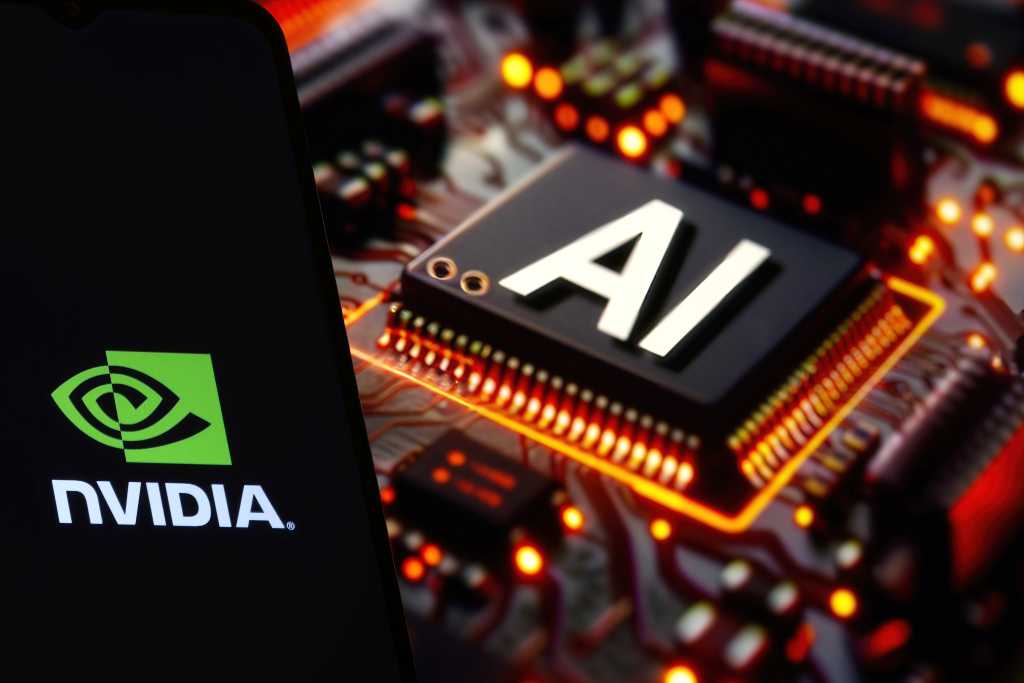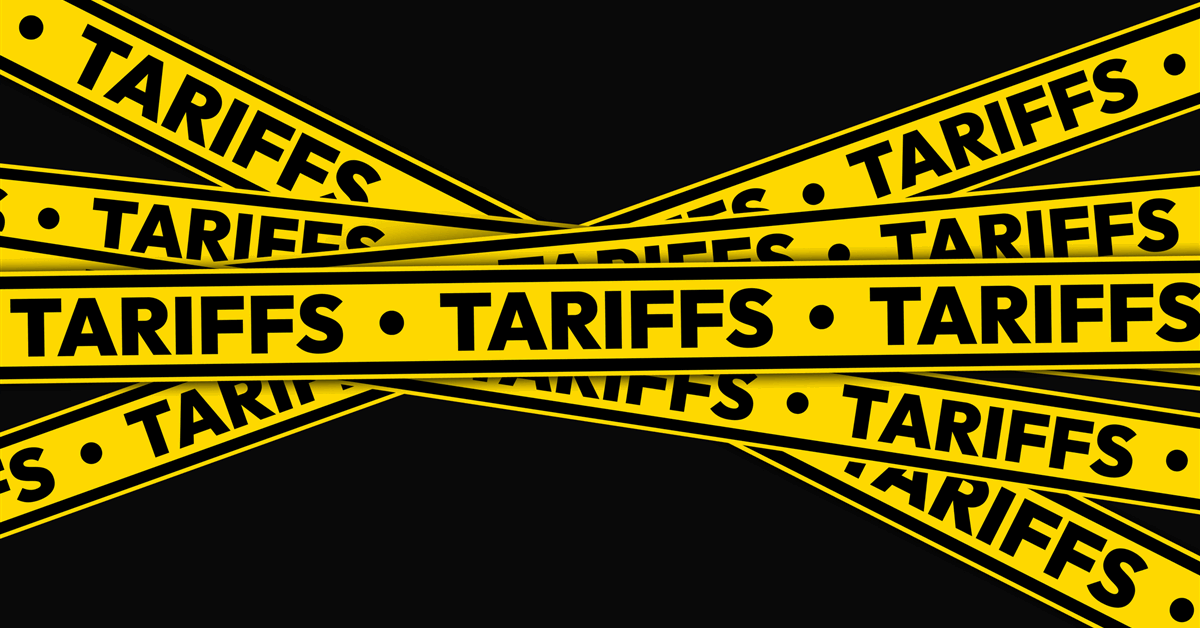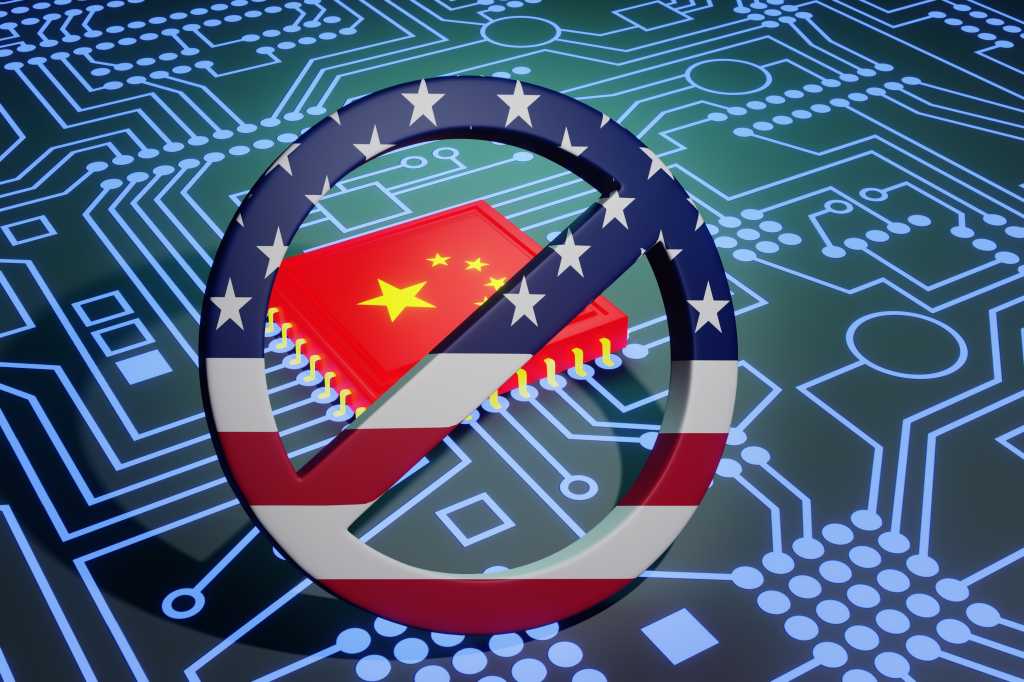
The top strategy so far is what one enterprise calls the “Cloud Team.” You assemble all your people with cloud skills, and your own best software architect, and have the team examine current and proposed cloud applications, looking for a high-level approach that meets business goals. In this process, the team tries to avoid implementation specifics, focusing instead on the notion that a hybrid application has an agile cloud side and a governance-and-sovereignty data center side, and what has to be done is push functionality into the right place.
The Cloud Team supporters say that an experienced application architect can deal with the cloud in abstract, without detailed knowledge of cloud tools and costs. For example, the architect can assess the value of using an event-driven versus transactional model without fixating on how either could be done. The idea is to first come up with approaches. Then, developers could work with cloud providers to map each approach to an implementation, and assess the costs, benefits, and risks.
Ok, I lied about this being the top strategy—sort of, at least. It’s the only strategy that’s making much sense. The enterprises all start their cloud-reassessment journey on a different tack, but they agree it doesn’t work.
The knee-jerk approach to cloud costs is to attack the implementation, not the design. What cloud features did you pick? Could you find ones that cost less? Could you perhaps shed all the special features and just host containers or VMs with no web services at all? Enterprises who try this, meaning almost all of them, report that they save less than 15% on cloud costs, a rate of savings that means roughly a five-year payback on the costs of making the application changes…if they can make them at all. Enterprises used to build all of their core software internally, but those I chat with say that more than two-thirds of their stuff is now off-the-shelf, and their development resources tune it to their needs. They can’t change the internals of what they get from third parties, and they don’t have the resources or the time to do it all themselves.
What can the Cloud Team accomplish, in comparison? Of 33 enterprises who used this approach in some form to redo applications to optimize cloud cost/benefit, the average savings reported was 55%, and the payback period on the implementation cost less than two years. Big difference, huh?
To enterprises who tried the Cloud Team, there’s also a deeper lesson. In fact, there are two. Remember the old “the cloud changes everything” claim? Well, it does, but not the way we thought, or at least not as simply and directly as we thought. The economic revolution of the cloud is selective, a set of benefits that has to be carefully fit to business problems in order to deliver the promised gains. Application development overall has to change, to emphasize a strategic-then-tactical flow that top-down design always called for but didn’t always deliver. That’s the first lesson. The second is that the kinds of applications that the cloud changes the most are applications we can’t move there, because they never got implemented anywhere else.




















